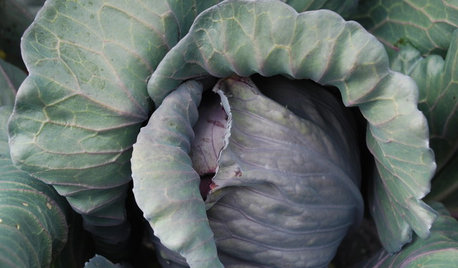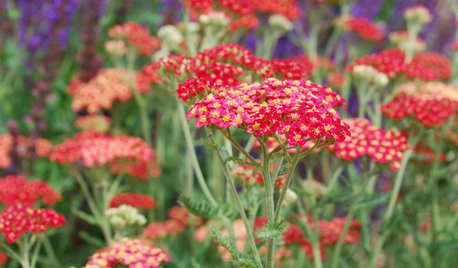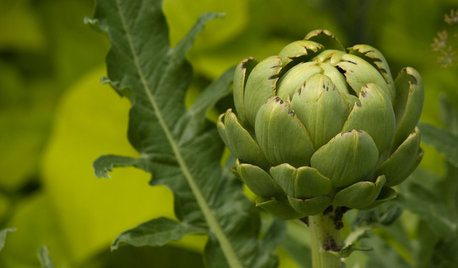Cabbage -- start indoors or direct sow?
jillzee
14 years ago
Related Stories

COOL-SEASON CROPSCool-Season Vegetables: How to Grow Cabbage
Give soups and stews an unbeatably fresh flavor with this ever-popular fall garden favorite
Full Story
MOST POPULARHow to Start a Cool-Season Vegetable Garden
Late summer and late winter are good times to plan and plant cool-season crops like salad greens, spinach, beets, carrots and peas
Full Story
GARDENING GUIDESSeeds or Seedlings? How to Get Your Garden Started
Growing delicious herbs and vegetables starts with knowing your goals and when you want to plant
Full Story
FARM YOUR YARD6 Things to Know Before You Start Growing Your Own Food
It takes time and practice, but growing edibles in the suburbs or city is possible with smart prep and patience
Full Story
GARDENING GUIDESPacific Northwest Gardener: What to Do in July
Deadheading spent flowers, keeping up with watering and starting seeds indoors are the biggest gardening tasks for July
Full Story0

HOUSEPLANTS10 Top Plants to Grow Indoors
Brighten a room and clean the air with a houseplant that cascades artfully, stretches toward the ceiling or looks great on a wall
Full Story
WINTER GARDENINGExtend Your Growing Season With a Cold Frame in the Garden
If the sun's shining, it might be time to sow seeds under glass to transplant or harvest
Full Story
GARDENING GUIDESTexas Gardener's February Checklist
Show roses some love around Valentine's Day and set the stage for future garden growth with seeds and starts
Full Story
GARDENING GUIDESYour Garden Is Stirring — Here’s What to Do in February
February is a good time to start seeds, shape up shrubs and watch for the earliest blooms. Here’s what to do in your part of the U.S. now
Full Story
CONTAINER GARDENS8 Easy Container Plants to Grow From Seed
Get beautiful blooms and herbs in summer by starting these choice garden picks from seed in spring
Full Story





homertherat
digdirt2
Related Professionals
Comstock Park Landscape Architects & Landscape Designers · Marina Landscape Architects & Landscape Designers · Southfield Landscape Architects & Landscape Designers · Bell Gardens Landscape Contractors · Brownsville Landscape Contractors · Dinuba Landscape Contractors · Euclid Landscape Contractors · Fair Lawn Landscape Contractors · Mashpee Landscape Contractors · Plymouth Landscape Contractors · Red Oak Landscape Contractors · Tavares Landscape Contractors · Markham Landscape Contractors · Glenview Driveway Installation & Maintenance · Winston-Salem Driveway Installation & MaintenancejillzeeOriginal Author
cyrus_gardner
wally_1936
organicdan
denninmi